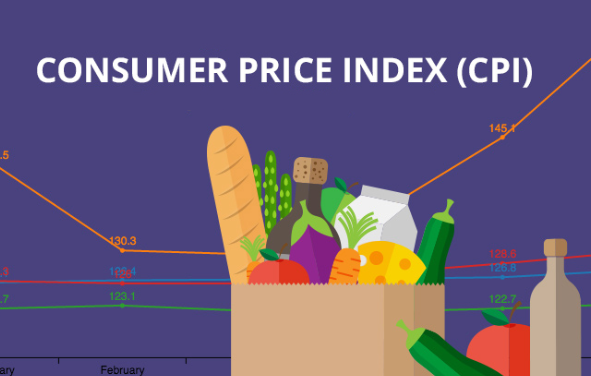Consumer Price Index or CPI essentially is a measure of the average change over time in the prices paid by urban consumers for a market basket of consumer goods and services. As Kavan Choksi / カヴァン・チョクシ says, the goal of CPI is to measure changes in the cost of living by efficiently tracking prices for items like housing, clothing, groceries and gas. The CPI represents the goods and services that consumers purchase across 200 categories.
Kavan Choksi / カヴァン・チョクシ provides an insight into certain limitations of the Consumer Price Index
The Consumer Price Index or CPI is subject to both limitations in application and limitations in measurement. One of its major limitations is that the CPI might not be applicable to all population groups. For instance, the CPI-U is designed to measure inflation for the U.S. urban population and as a result, it may not reflect the experience of people living in suburban and rural areas in an accurate manner. The CPI is also not able to produce official estimates for the rate of inflation experienced by subgroups of the population, like the poor or elderly individuals.
Another limitation of the CPI is that it cannot be used for measuring differences in living costs or price levels between one area and another. It measures only time-to-time changes in each area. A higher index for an area might not mean that the prices are higher there than in another area with a lower index. Rather, it might mean that prices have surged much faster in the area with the higher index calculated from the two areas’ common reference period. Moreover, the Consumer Price Index is a conditional cost-of-living measure. It does not try to measure everything that impacts living standards. Factors like environmental and social changes, as well as changes in income taxes are beyond the definitional scope of the index and hence are excluded.
As Kavan Choksi / カヴァン・チョクシ says, limitations in measurement can be grouped into two basic types, sampling error and non-sampling error. As the CPI measures price changes on the basis of a sample of items, the published indexes tend to differ somewhat from what the results would be in case actual records of all retail purchases by everyone in the index population could be used to compile the index. The sampling or estimating errors are more of a limitation on the accuracy of the index, instead of calculating the index.
Non-sampling error, on the other hand, occur from a variety of sources and may cause persistent bias in measurements of the index, unlike the sampling errors. Non-sampling errors are generally caused by difficulties in handling the problems of quality change, logistical lags in conducting surveys, problems of price data collection, as well as difficulties in defining basic concepts and their operational implementation. Non-sampling errors might be much more detrimental to the accuracy of a price index in comparison to sampling errors.
